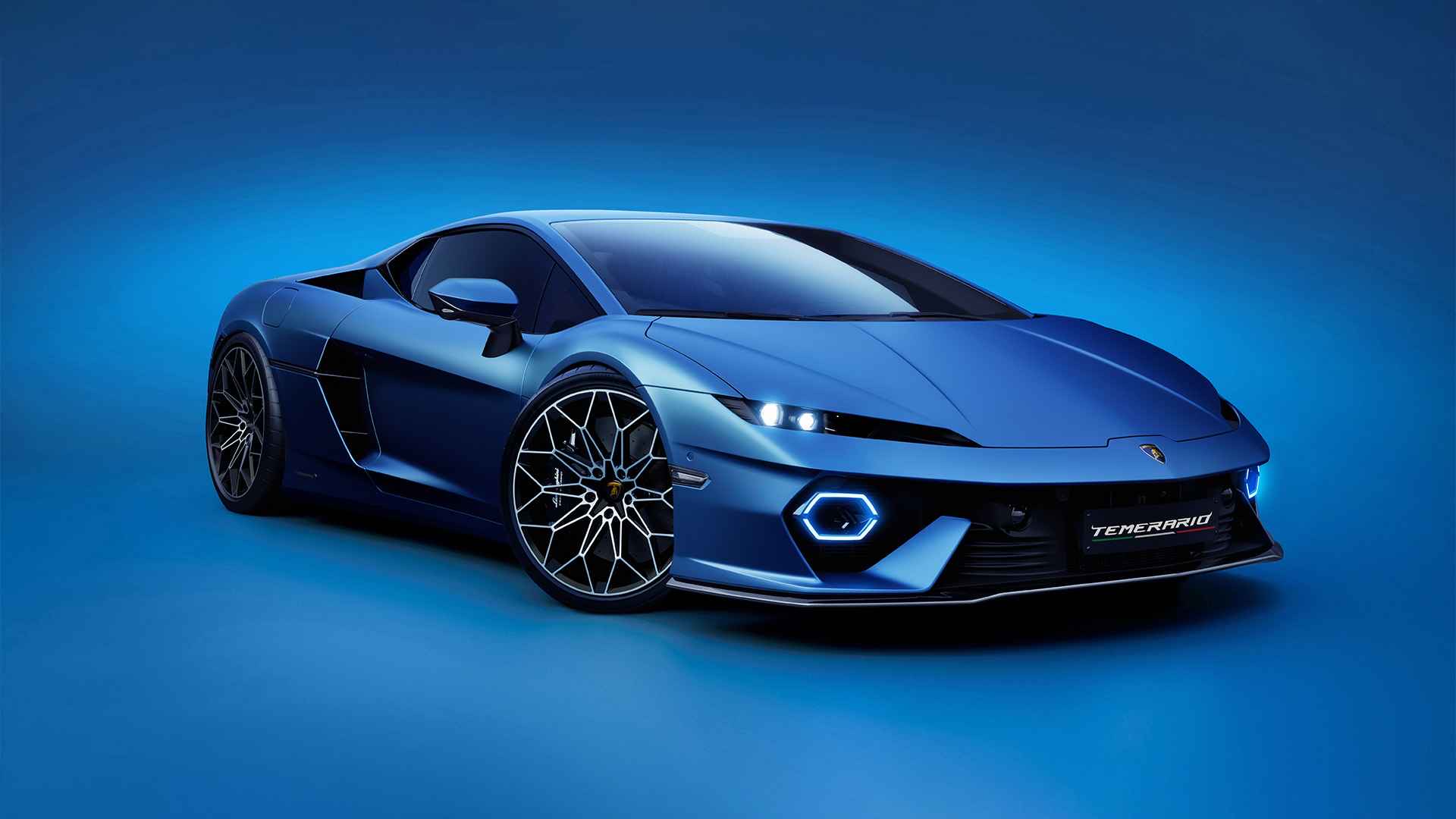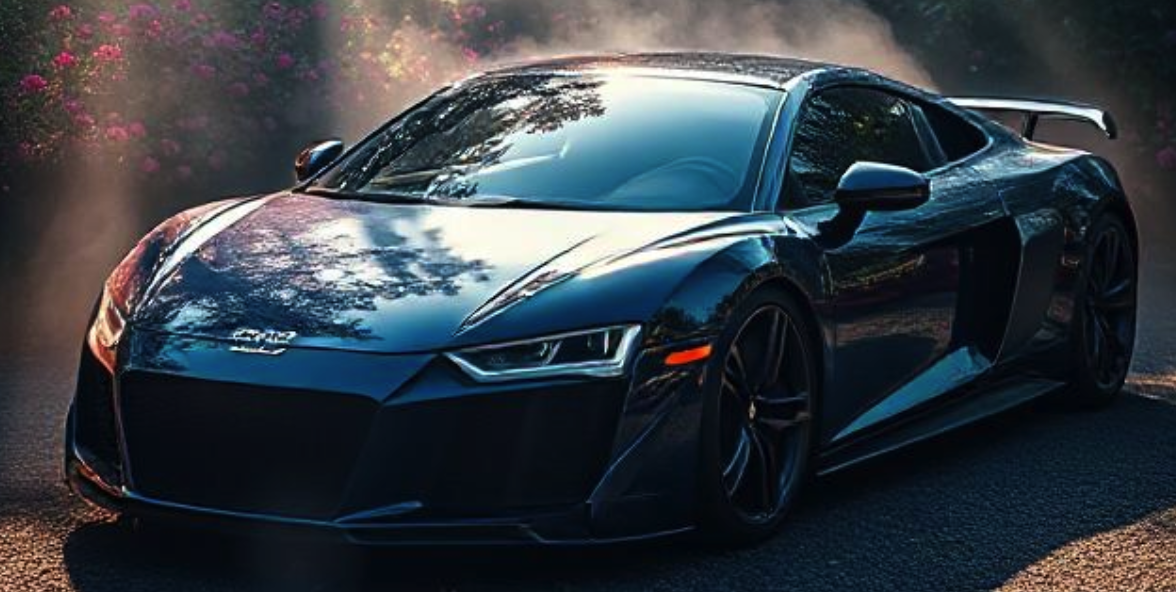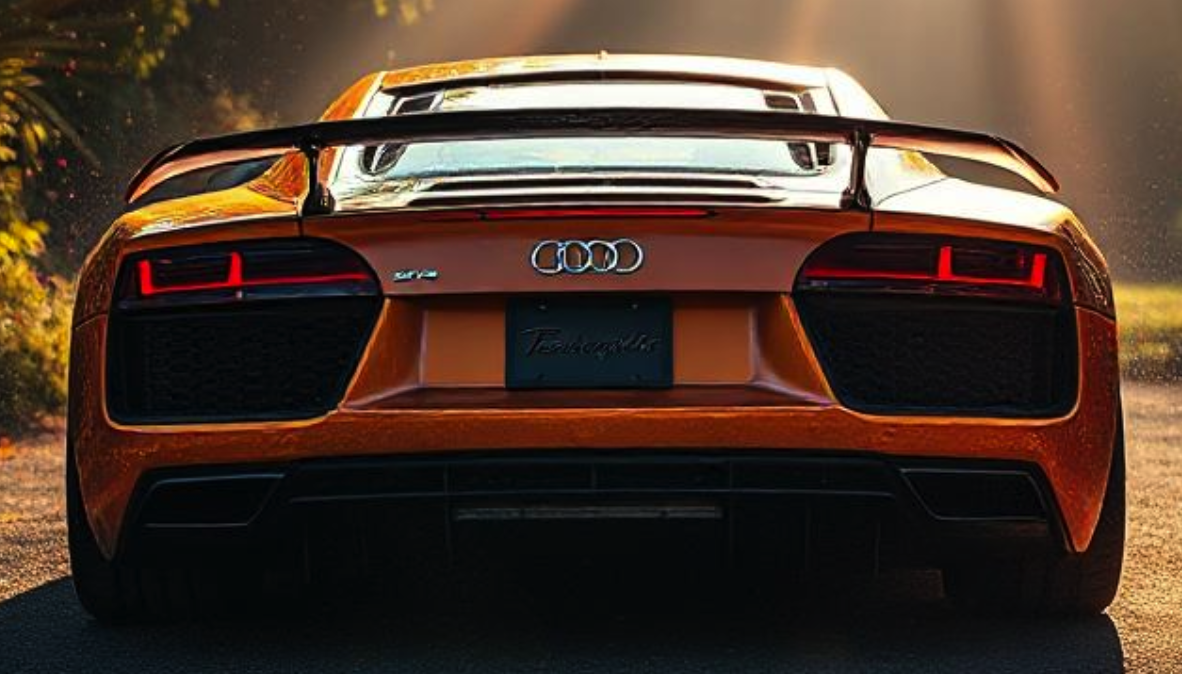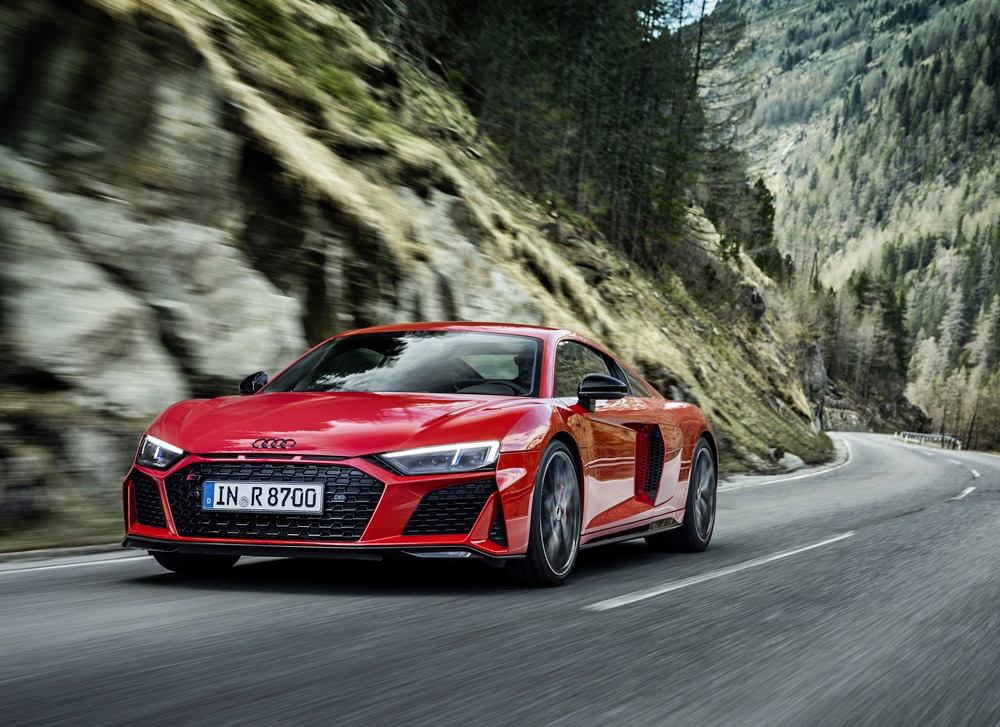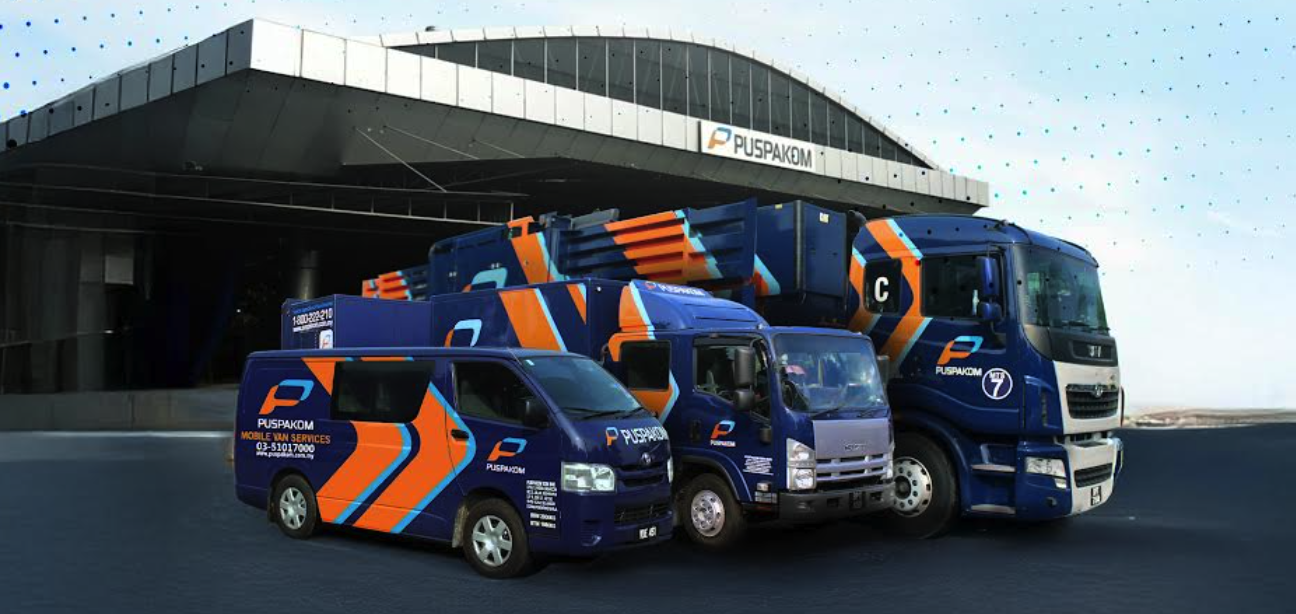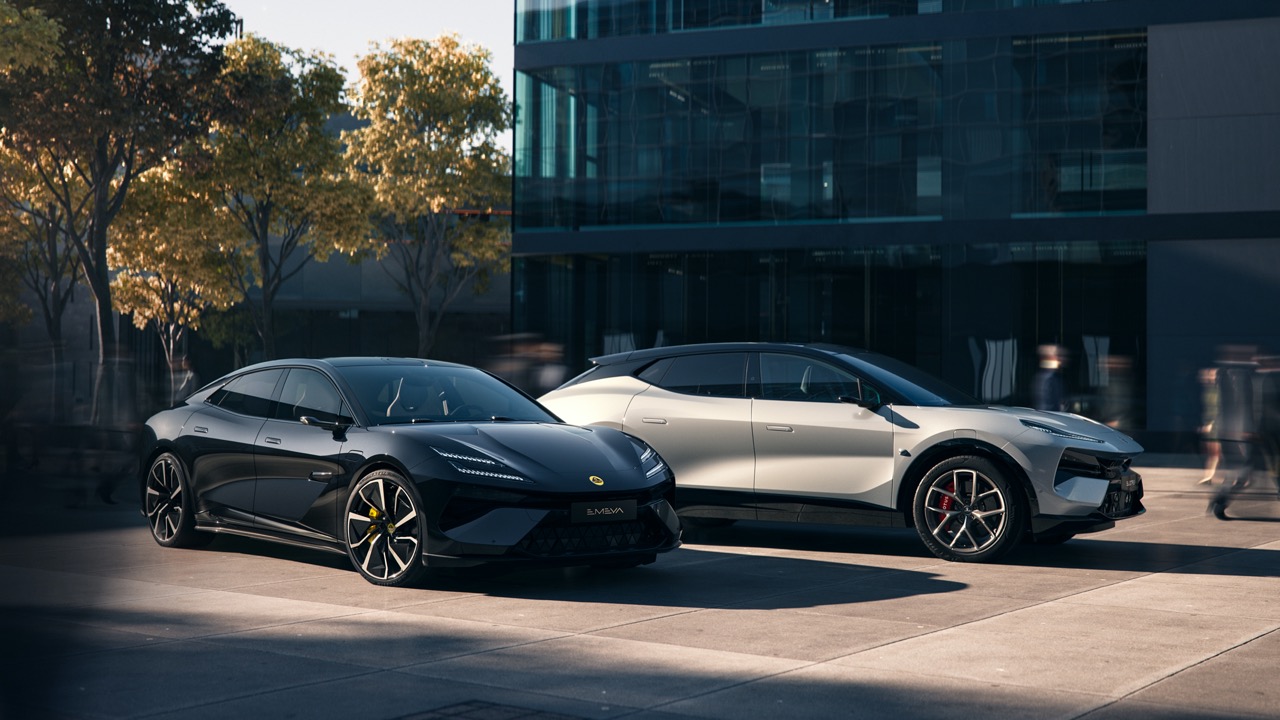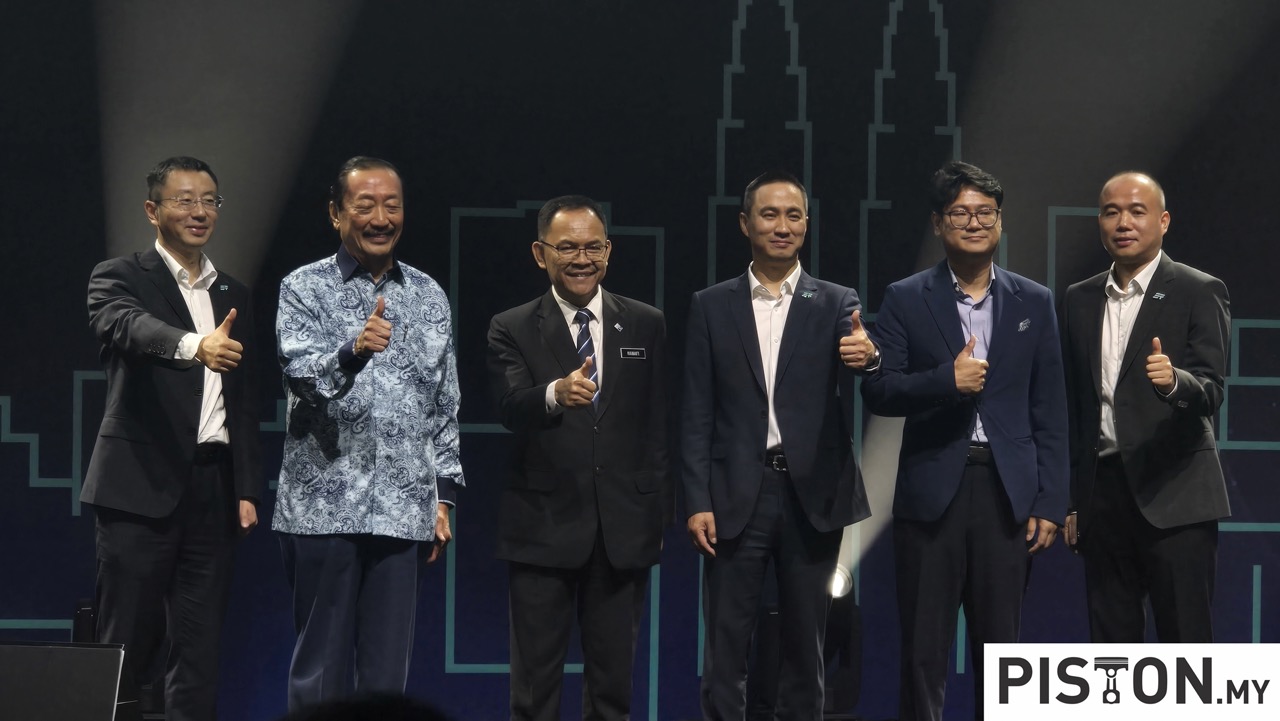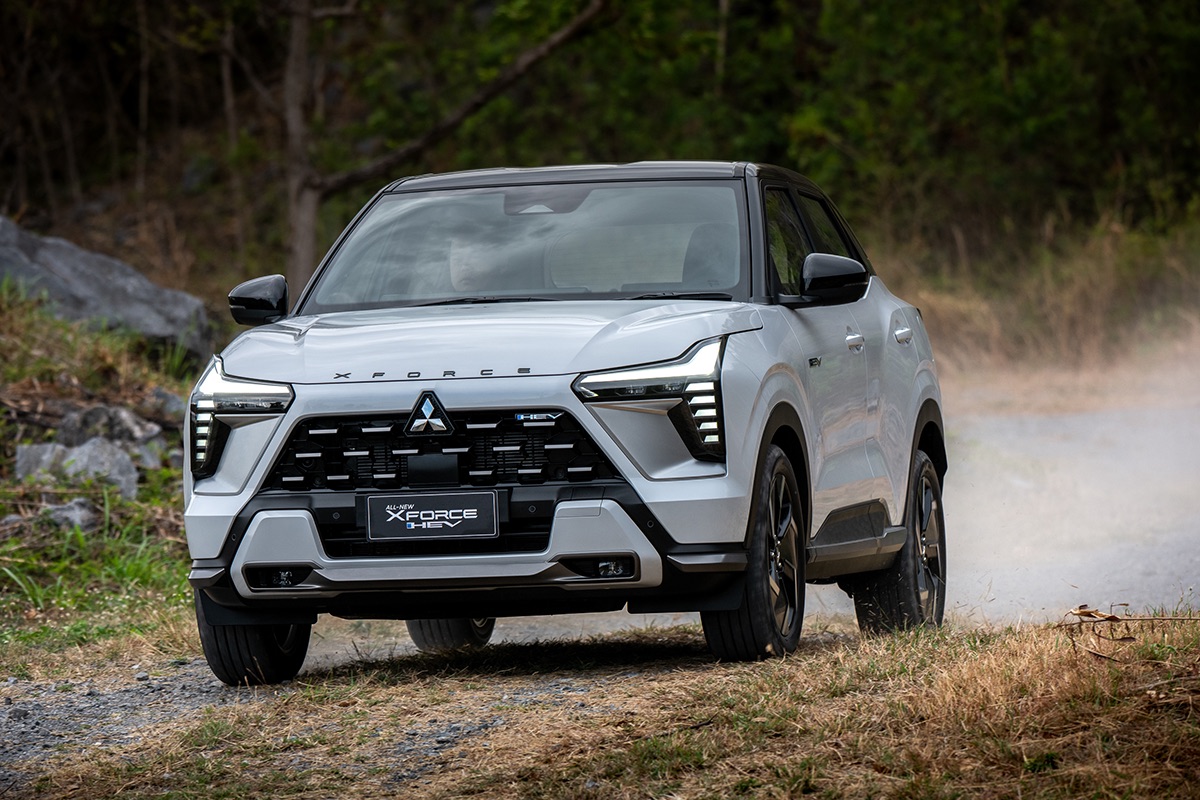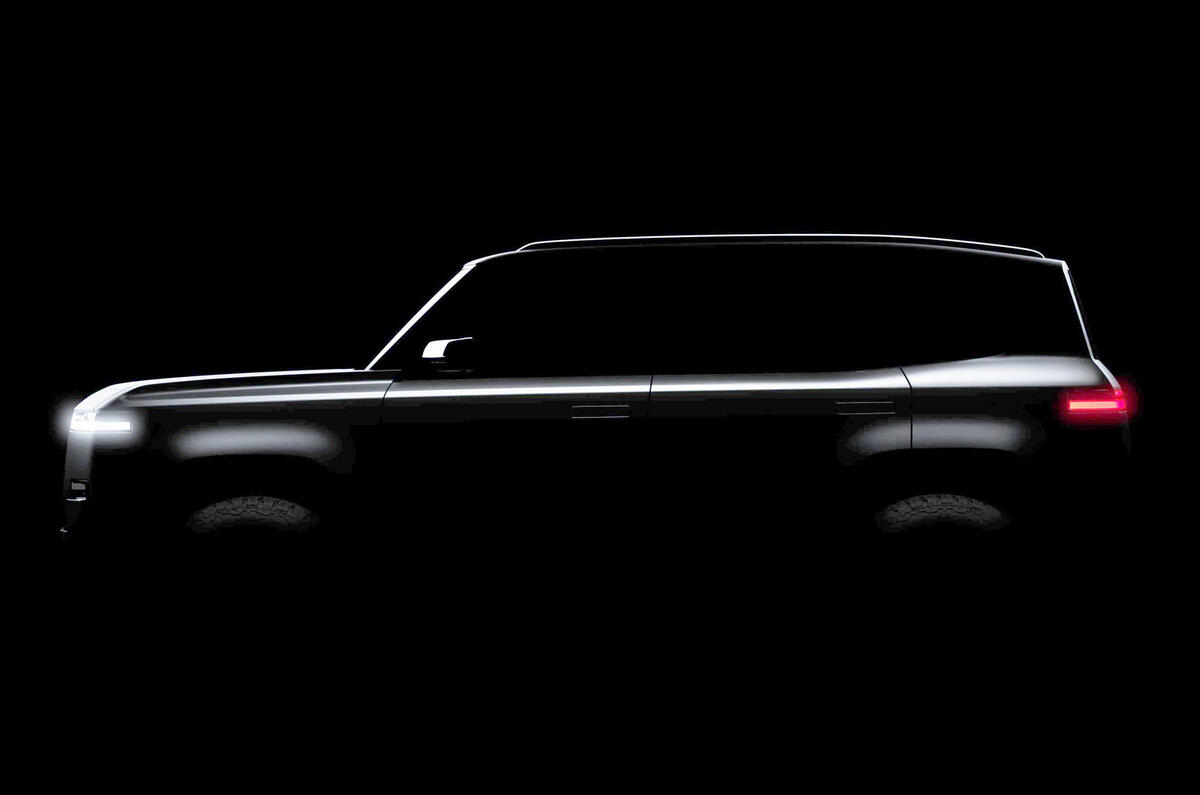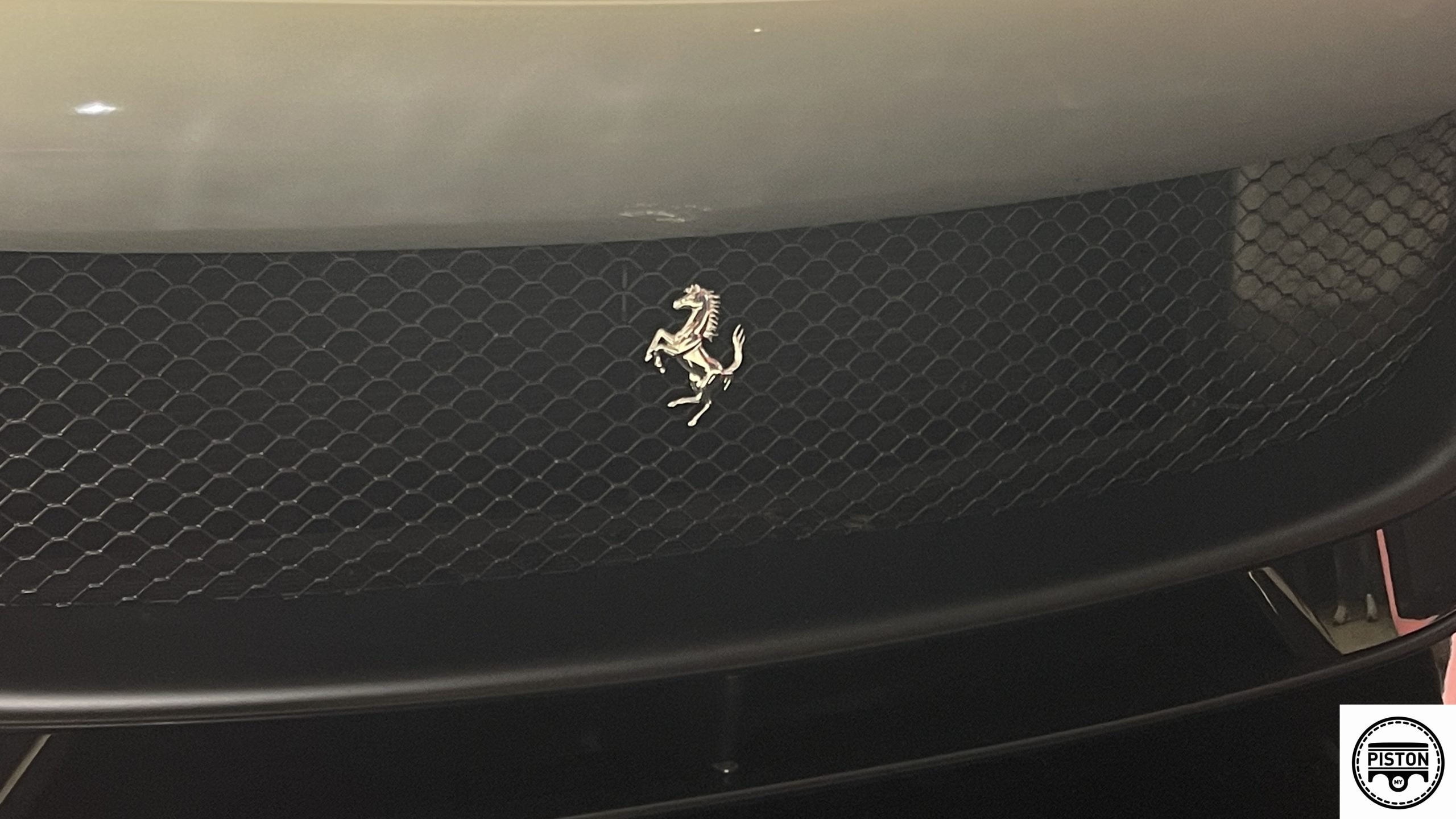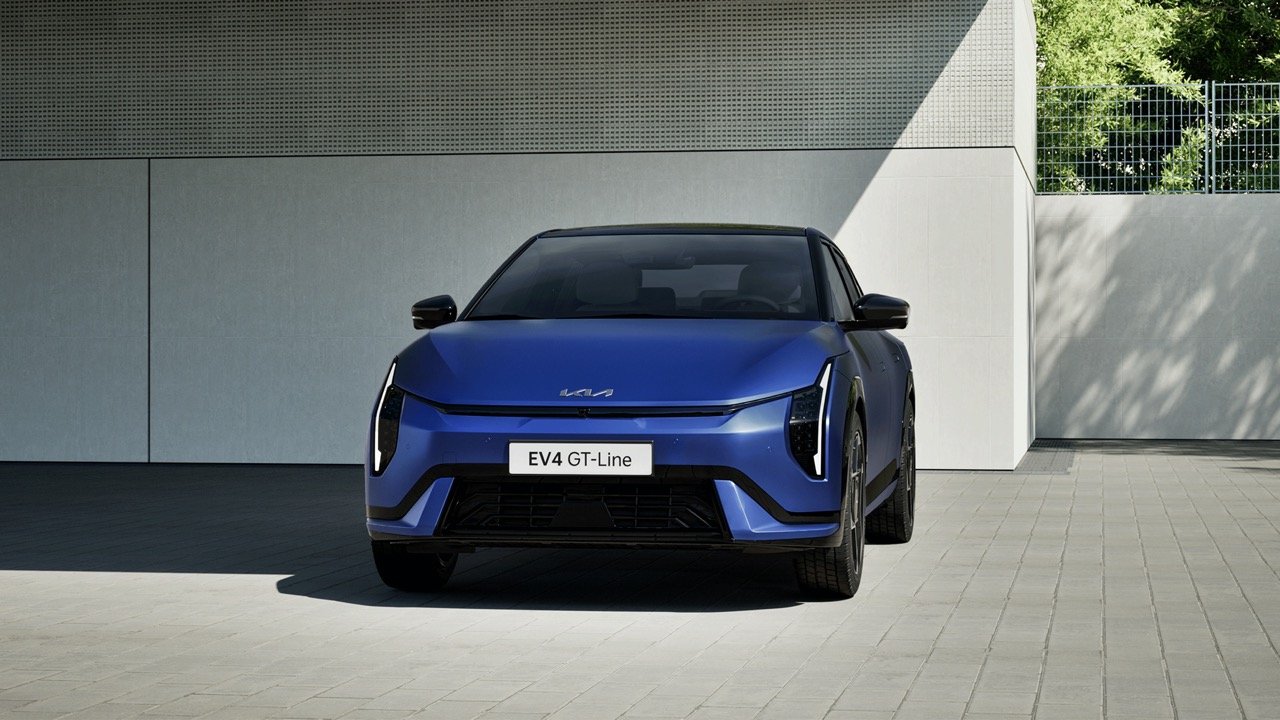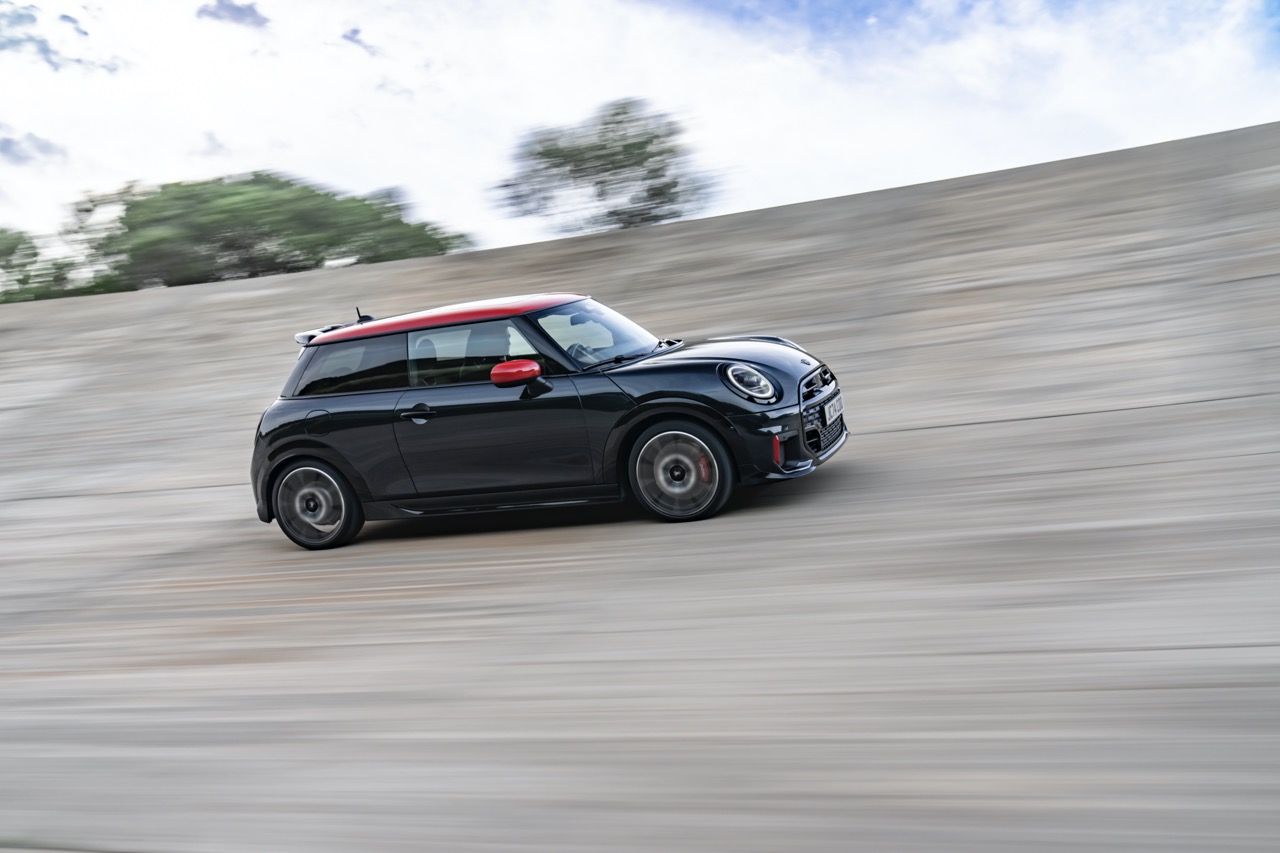Audi is preparing to revive its iconic R8 supercar, with the next-generation model set to arrive in 2027 as a high-performance plug-in hybrid. The new R8 is expected to be the most powerful road-going Audi ever, bringing an electrified twist to the brand’s legendary supercar.
According to Autocar, development of the new model is already underway, backed by Audi chairman Gernot Döllner, marking a major step forward in the brand’s supercar strategy. The upcoming R8 will share its underpinnings with the Lamborghini Temerario, the successor to the Huracán, continuing a partnership that dates back to 2006 when Audi first entered the supercar segment with the original R8 and its mechanical twin, the Gallardo.
While the R8 will share key elements with the Temerario, including its drivetrain, electronics, and chassis, Audi will once again set its model apart by prioritising everyday usability alongside extreme performance. Both coupé and cabriolet versions are expected.
At the heart of the new R8 is a twin-turbocharged 4.0-litre V8 engine, sourced from Lamborghini, delivering 789hp and 730Nm of torque. This already impressive output is further enhanced by a trio of axial-flux electric motors, bringing the total system power to 907hp. A small 3.8kWh lithium-ion battery provides limited all-electric driving capabilities, though its primary function is to support performance. The plug-in hybrid system enables an advanced four-wheel-drive setup, with two electric motors mounted on the front axle and a third positioned between the engine and an eight-speed dual-clutch transmission, optimising energy recovery and acceleration.
With power figures pushing close to 1,000hp in its most extreme form, the new R8 will be faster than any previous iteration. Audi is targeting a 0-100km/h time of well under three seconds and a top speed approaching the Lamborghini Temerario’s estimated 337km/h. If achieved, this would make the R8 the fastest and most powerful Audi ever built, surpassing the current 912hp E-tron GT RS.
The shift to a hybrid powertrain represents a major evolution for the R8, which has traditionally relied on naturally aspirated V8 and V10 engines. However, Lamborghini’s high-revving V8, which reaches its peak power at 9,750 rpm and has a redline of 10,000 rpm, is designed to deliver the same thrilling response and distinctive sound as its predecessors.
The decision to bring back the R8 aligns with Audi’s broader electrification strategy. As the brand moves toward an all-electric future, it is extending the lifecycle of select internal combustion models and increasing its focus on plug-in hybrids. The new R8 may even carry the “R8 E-tron” badge, underscoring its role in Audi’s transition toward electric performance.
Built on an all-new aluminum spaceframe structure, the R8 will benefit from significant engineering advancements. The updated platform, shared with the Lamborghini Temerario, consists of 50% fewer components than its predecessor and features 80% fewer welds, leading to a 25% increase in structural rigidity.
The return of the R8 is also expected to bolster Audi’s motorsport ambitions. The company is reportedly developing FIA-homologated racing versions of the new model to compete in endurance events such as the Nürburgring 24 Hours, reinforcing its legacy in high-performance racing.
Production of the third-generation R8 will take place at Audi’s Böllinger Höfe facility in Germany, the same location where previous R8 models were built.
As Audi redefines its supercar legacy, the next-generation R8 promises to blend electrification with extreme performance, setting new benchmarks for the brand while staying true to its motorsport-inspired roots.





